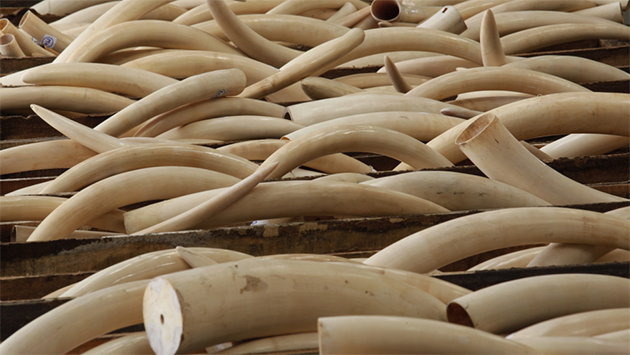New water treatment plant for Bulawayo…to draw supplies from Lake Gwayi-Shangani

Nqobile Tshili, Chronicle Reporter
GOVERNMENT is inviting tenders for the construction of a new water treatment plant in Bulawayo’s Cowdray Park suburb which is one of the key components of the Matabeleland Zambezi Water Project meant to provide a lasting solution to Bulawayo’s water supply challenges.
Work is already underway to lay the 245km pipeline linking Lake Gwayi-Shangani and Bulawayo and about 104km has been cleared for the digging of trenches.
The pipeline project is running concurrently with the construction of Lake Gwayi- Shangani, which is 70 percent complete and is now expected to be completed mid-2023 after being stalled by funding constraints.
The project has been allocated $8 billion in the 2023 national budget to speed up both the dam construction and pipeline works.
The construction of Lake Gwayi-Shangani and conveyance of water from the dam to Bulawayo via the 245km pipeline is part of the Second Republic’s measures to complete the century old National Matabeleland Zambezi Water Project which is the permanent solution to Bulawayo’s water crisis.
Government has roped in 11 contractors to implement the pipeline project with the Zimbabwe National Water Authority (Zinwa), which is in charge of the project, having signed a US$50 million contract early this year with Flowtite South Africa to supply glass fibre-reinforced pipes needed for the pipeline.
Part of the consignment has already been delivered in Cowdray Park where the water treatment plant will be constructed.
Chinese contractor, China Water and Electric Corporation, is now working 24 hours a day to ensure that the massive dam project is completed as soon as possible.
In a recent interview, Lands, Agriculture, Fisheries, Water and Rural Development Minister, Dr Anxious Masuka said following challenges that slowed down construction works, the Government wants to accelerate construction next year to make up for lost time.
“We have had a slight slow-down because of financing and we think that the completion will now be mid 2023,” he said.
Minister Masuka said 104km of the pipeline has been cleared and 11 contractors have been engaged to implement the project.
He said water from Lake Gwayi-Shangani will be treated at the new treatment plant in Cowdray Park suburb. Minister Masuka said Government was already inviting tenders for the construction of the plant.
“The proposed treatment plant in Cowdray Park will be having a capacity of 80 megalitres (ML) per day,” said Dr Masuka.
He said the pipeline will be able to deliver 220ML/day which will be a very big boost to Bulawayo’s water supplies.
The City of Bulawayo is implementing a 72-hour weekly water shedding programme as a conservation strategy as its supply dams are critically low.
The city has been forced to decommission Umzingwane Dam whose water levels are now very low.
The progress being made in rolling out the Lake Gwayi-Shangani project is a milestone for the Second Republic led by President Mnangagwa after successive governments failed to implement the project which was mooted way back in 1912.

Despite sanctions imposed on the country, Government is funding the project using domestic resources riding on improved revenue collections and enhanced fiscal space following tough economic reform measures since 2018.
Government has said upon completing the Lake Gwayi-Shangani and bringing water to Bulawayo, the city’s six supply dams, all situated in Matabeleland South, will be decommissioned and be used for irrigation purposes in Matabeleland South to enhance food security.
The completion of the dam will not only solve Bulawayo’s water supply challenges but will also boost cultivation of crops under irrigation along the pipeline.
Government has identified 10 000 hectares that will be put under irrigation thereby enhancing food security in Matabeleland.
The completion of Lake Gwayi-Shangani is also expected to boost the tourism sector and the country is also expected to establish a 10 megawatts power station at the lake.












Comments